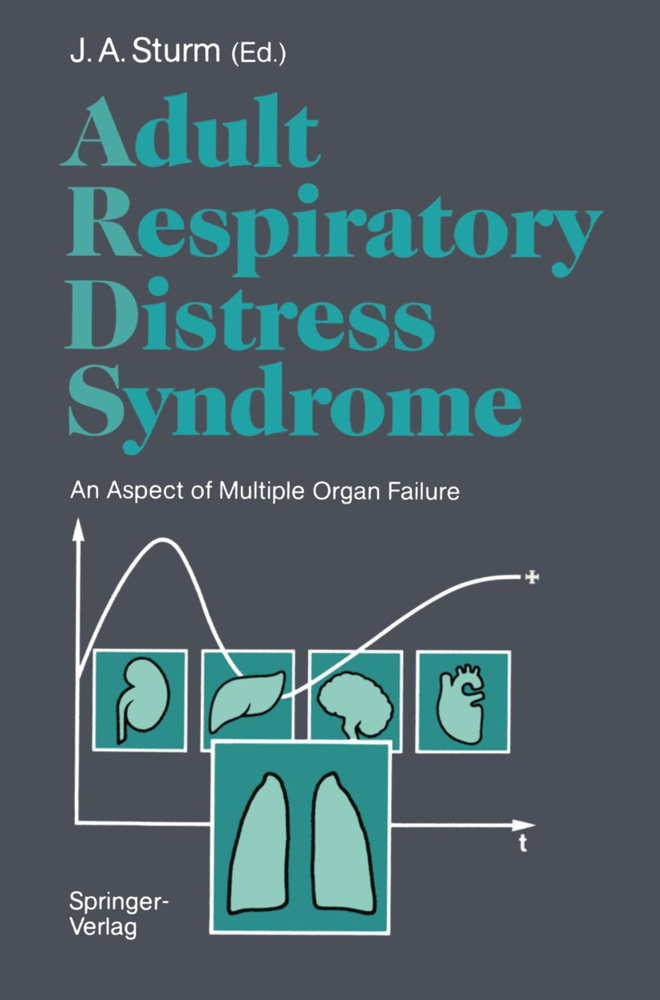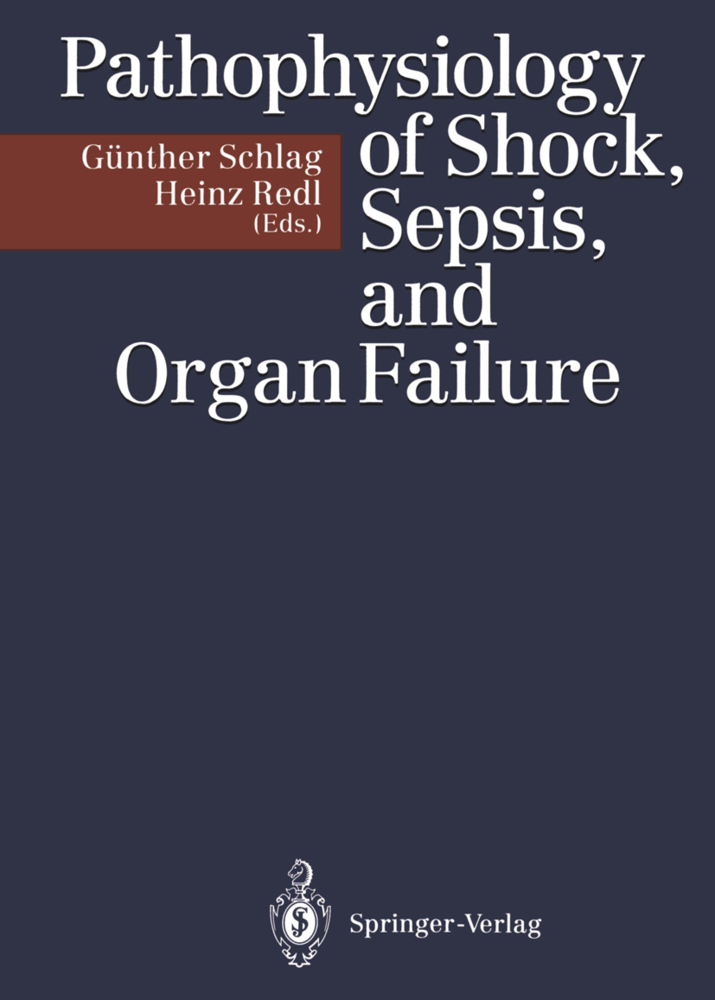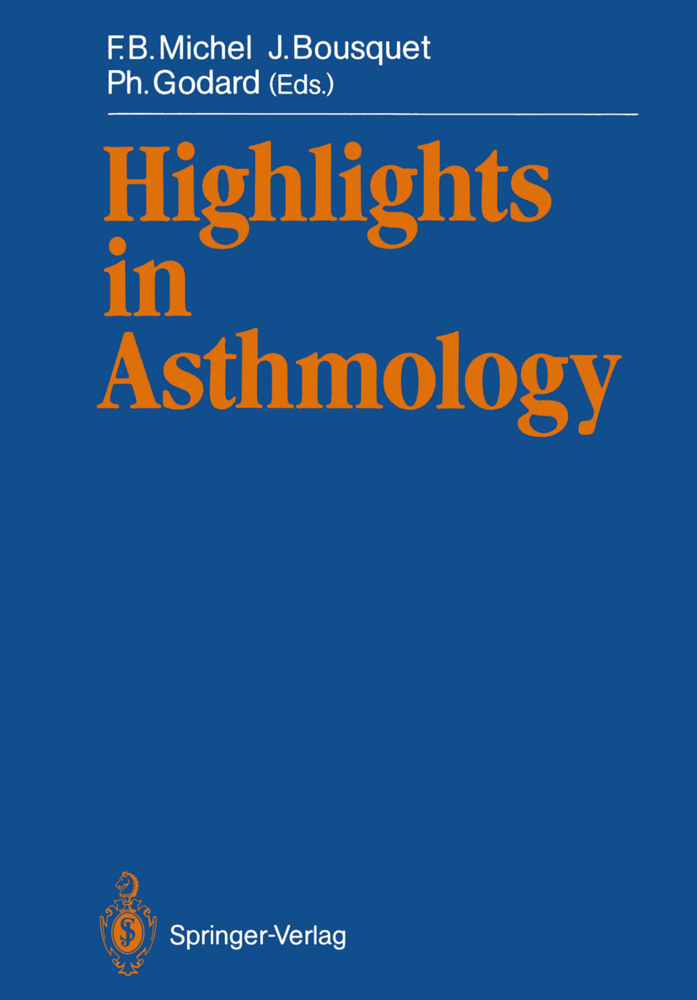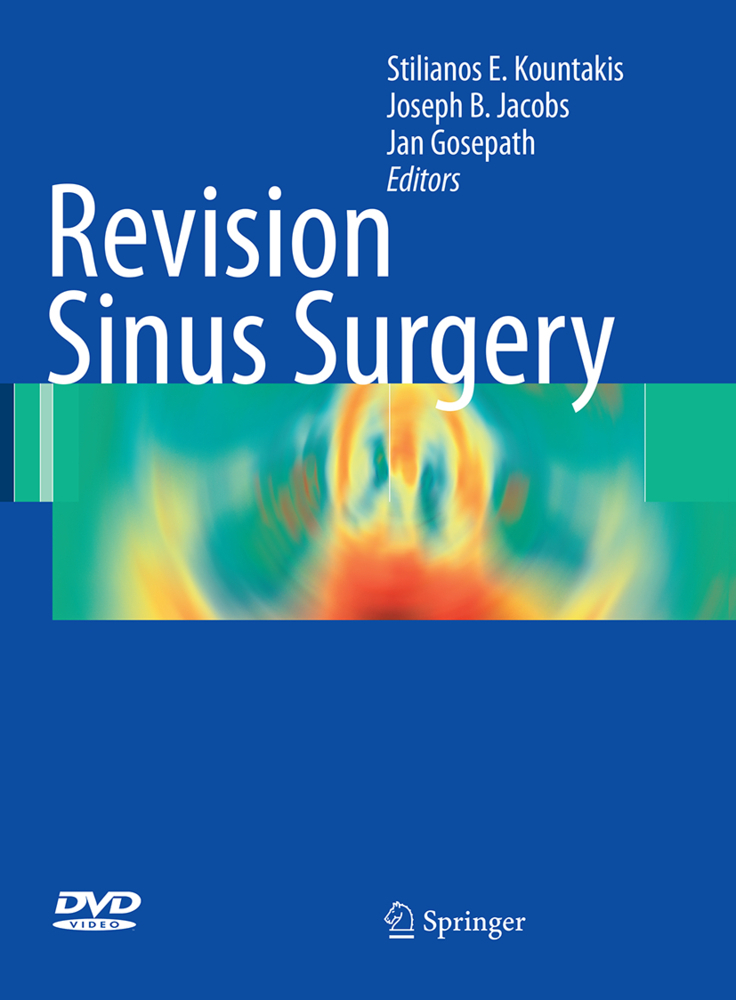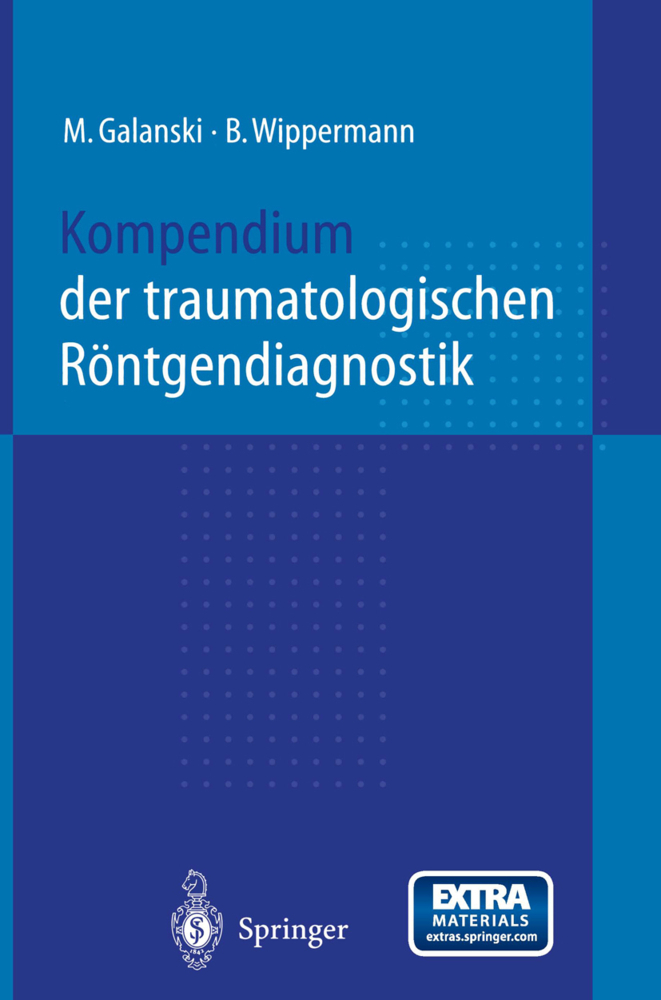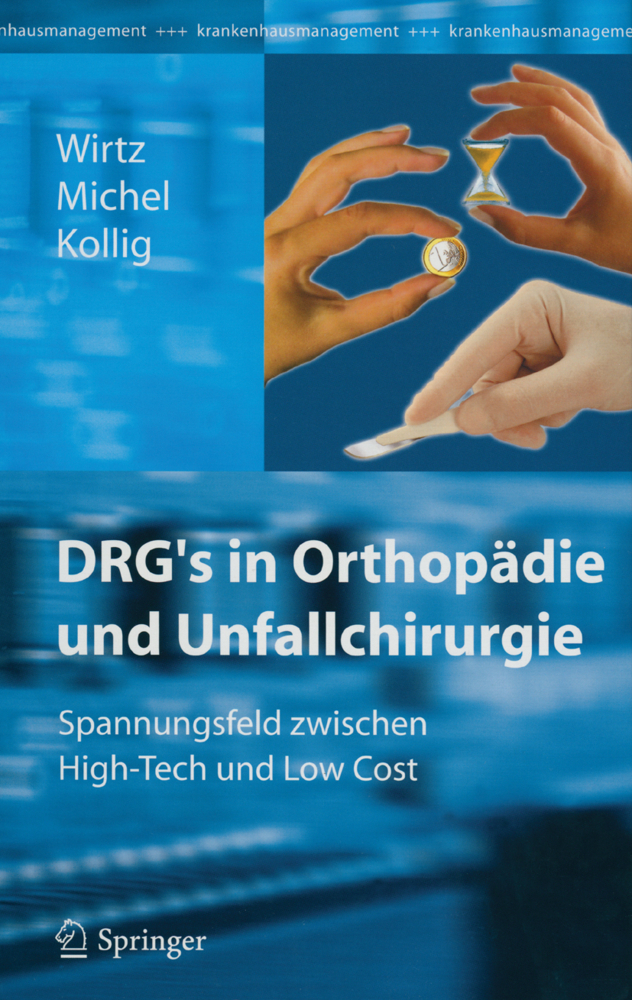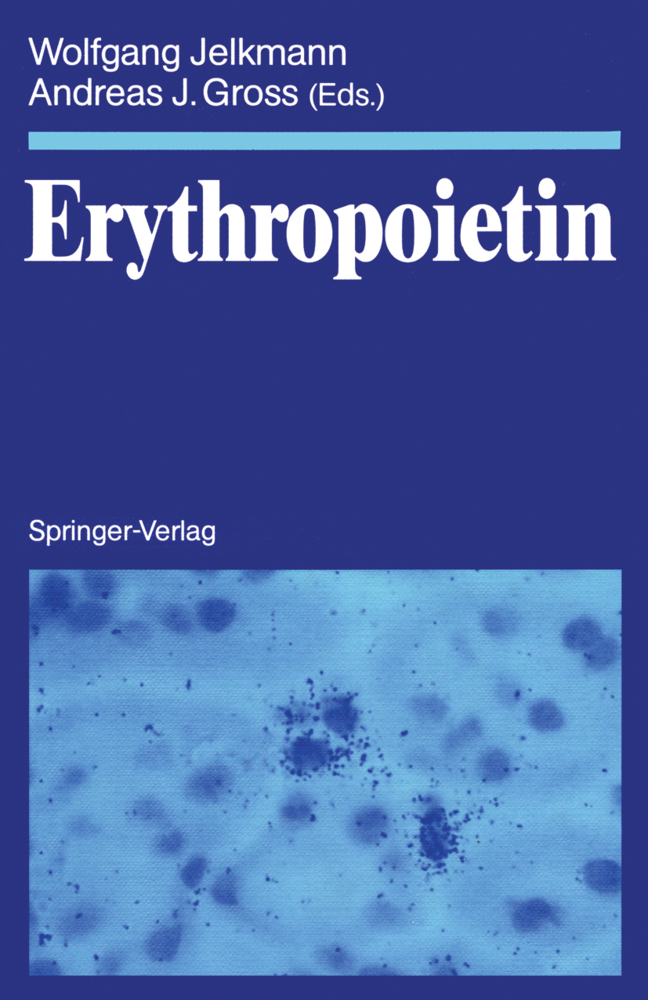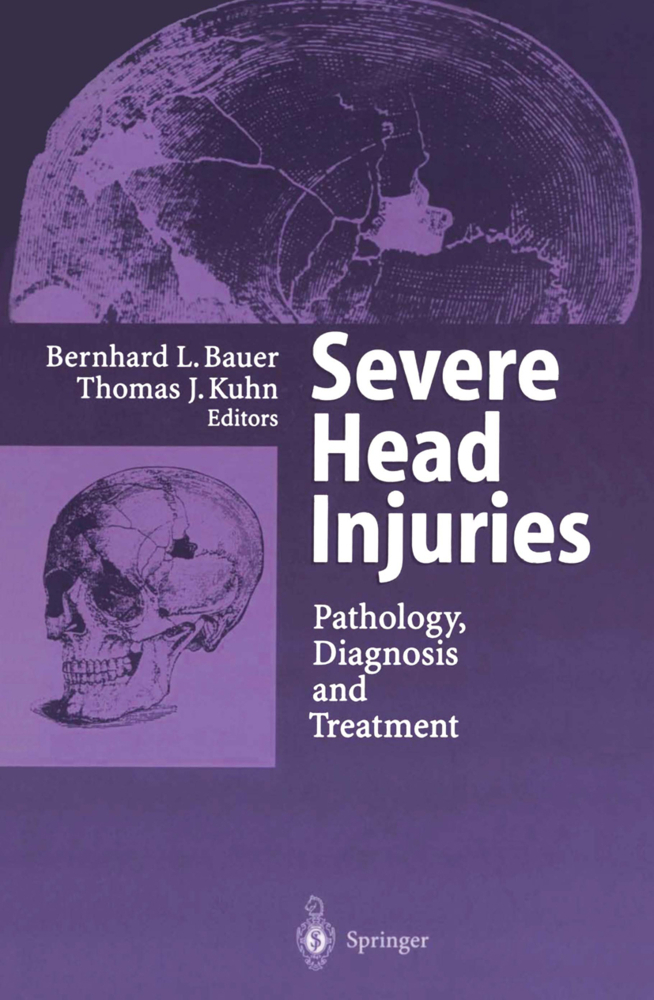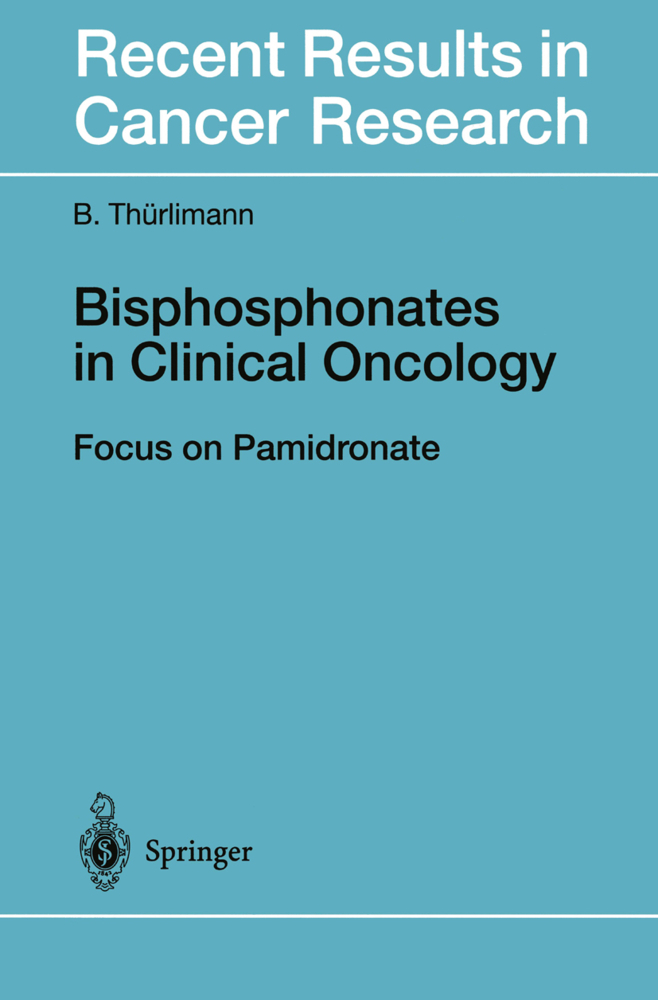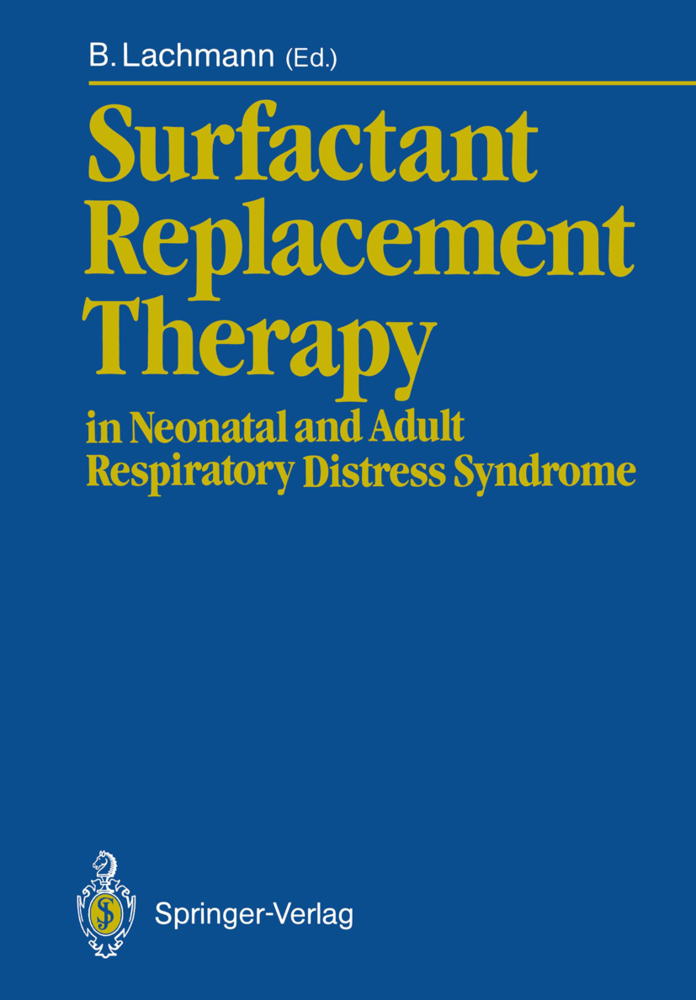Adult Respiratory Distress Syndrome
An Aspect of Multiple Organ Failure Results of a Prospective Clinical Study
Adult Respiratory Distress Syndrome
An Aspect of Multiple Organ Failure Results of a Prospective Clinical Study
l. A. STURM In modern society, trauma remains the number one cause of death in people under 50 years, but, despite this, very little attention has been paid to trauma care compared with other diseases such as malignancy or myocardial infarction (Table 1). The efforts that have been made in medical care, however, have showed some success; for example although the frequency of traffic accidents in the Federal Republic of Germany has remained constant over the years, the number of deaths resulting from them has decreased (Fig. 1). The results of improvements in rescue systems, surgical techniques, and intensive care are evident, as shown by a review of the statistics of about 3000 multiple trauma patients treated in the last 15 years at the trauma de partment of Hannover Medical School which reflects the progress that has been made in medical care. After the problem posed by posttraumatic kidney failure had been solved in the 1960s and 1970s, the adult respiratory distress syndrome (ARDS) became the biggest problem in the 1970s and 1980s (Fig. 2). ARDS as a single entity disappeared in the literature in the early 1980s and was replaced by the so-called multiple organ failure (MOF) syndrome. Between 1985 and 1990 35% of the patients in our intensive care unit developed MOF, and 70% of them died. Overall MOF mortality has remained constant since 1985 at about 20% (Fig. 3).
Extravascular Lung Water: Clinical Methodology
Bronchoalveolar Lavage
Morphometric Description of the Study Population
Development of a Linear Scoring System
Clinical Definition of ARDS An Index Based on Bedside-Derived Parameters
Treatment and Clinical Course
Progressive Organ Failure
II Activation of Humeral Cascade Systems
Adult Respiratory Distress Syndrome and Complement: Significance of C3a in Diagnosis and Prognosis
Differences in Activation of Coagulation and Fibrinolysis After Polytrauma with Respect to the Development of Adult Respiratory Distress Syndrome
III Activation of Cellular Systems
Nonspecific Immune System, Plasma Proteins and Characteristics of the Erythrocyte Insulin Receptor
Morphological and Functional Changes of Alveolar Cells
Functional Changes in Polymorphonuclear Leukocyte Function Following Severe Polytraumatization
Changes in Reticuloendothelial Capacity Associated with Liver Dysfunction in Multiple Trauma
CD3 +, CD4+, CD8+ and B Lymphocyte Numbers in Blood and Bronchoalveolar Lavage Fluid from Trauma Patients with and without ARDS
IV Activation of Inflammatory Cells
Role of Leukotrienes in the Pathophysiology of ARDS After Polytrauma
Specific Proteins of Inflammatory Cells and ?1- Proteinase Inhibitor in Alveolar Epithelial Lining Fluid of Polytraumatized Patients: Do They Indicate Posttraumatic Lung Failure?
V Endothelial and Epithelial Mechanisms of Injury
Plasma and Bronchoalveolar Lavage Fluid Proteins as Markers of Increased Lung Permeability in ARDS as a Result of Multiple Trauma
Lung Capillary Leak After Severe Trauma: A Prospective Clinical Study
Alveolar Surfactant Function in Severely Injured Patients
Adult Respiratory Distress Syndrome as aManifestation of a General Permeability Defect
Early and Late Ultrastructural Changes in the Lungs of Patients Suffering from Severe Polytrauma
VI Experimental Studies
Simultaneous Measurement of Endothelial Cell Damage, Elastase Release, and Chemiluminescence Response During Interaction Between Polymorphonuclear Leukocytes and Endothelial Cells
Influence of Short- and Long-Term Endotoxin Administration on the Phagocytic Functions of Polymorphonuclear Leukocytes and Reticuloendothelial System in a Sheep Model
The Three-Compartment Model in Sheep: The Effect of Recurrent Endotoxemia on Endothelial and Epithelial Permeability in the Lung
Bacterial Toxins and Terminal Complement Complex: Significance for Lung Microvascular Injury.
I Clinical Aspects
Study ProtocolExtravascular Lung Water: Clinical Methodology
Bronchoalveolar Lavage
Morphometric Description of the Study Population
Development of a Linear Scoring System
Clinical Definition of ARDS An Index Based on Bedside-Derived Parameters
Treatment and Clinical Course
Progressive Organ Failure
II Activation of Humeral Cascade Systems
Adult Respiratory Distress Syndrome and Complement: Significance of C3a in Diagnosis and Prognosis
Differences in Activation of Coagulation and Fibrinolysis After Polytrauma with Respect to the Development of Adult Respiratory Distress Syndrome
III Activation of Cellular Systems
Nonspecific Immune System, Plasma Proteins and Characteristics of the Erythrocyte Insulin Receptor
Morphological and Functional Changes of Alveolar Cells
Functional Changes in Polymorphonuclear Leukocyte Function Following Severe Polytraumatization
Changes in Reticuloendothelial Capacity Associated with Liver Dysfunction in Multiple Trauma
CD3 +, CD4+, CD8+ and B Lymphocyte Numbers in Blood and Bronchoalveolar Lavage Fluid from Trauma Patients with and without ARDS
IV Activation of Inflammatory Cells
Role of Leukotrienes in the Pathophysiology of ARDS After Polytrauma
Specific Proteins of Inflammatory Cells and ?1- Proteinase Inhibitor in Alveolar Epithelial Lining Fluid of Polytraumatized Patients: Do They Indicate Posttraumatic Lung Failure?
V Endothelial and Epithelial Mechanisms of Injury
Plasma and Bronchoalveolar Lavage Fluid Proteins as Markers of Increased Lung Permeability in ARDS as a Result of Multiple Trauma
Lung Capillary Leak After Severe Trauma: A Prospective Clinical Study
Alveolar Surfactant Function in Severely Injured Patients
Adult Respiratory Distress Syndrome as aManifestation of a General Permeability Defect
Early and Late Ultrastructural Changes in the Lungs of Patients Suffering from Severe Polytrauma
VI Experimental Studies
Simultaneous Measurement of Endothelial Cell Damage, Elastase Release, and Chemiluminescence Response During Interaction Between Polymorphonuclear Leukocytes and Endothelial Cells
Influence of Short- and Long-Term Endotoxin Administration on the Phagocytic Functions of Polymorphonuclear Leukocytes and Reticuloendothelial System in a Sheep Model
The Three-Compartment Model in Sheep: The Effect of Recurrent Endotoxemia on Endothelial and Epithelial Permeability in the Lung
Bacterial Toxins and Terminal Complement Complex: Significance for Lung Microvascular Injury.
Sturm, J. A.
| ISBN | 978-3-540-52180-8 |
|---|---|
| Artikelnummer | 9783540521808 |
| Medientyp | Buch |
| Copyrightjahr | 1991 |
| Verlag | Springer, Berlin |
| Umfang | IX, 347 Seiten |
| Abbildungen | IX, 347 p. 8 illus. |
| Sprache | Englisch |

